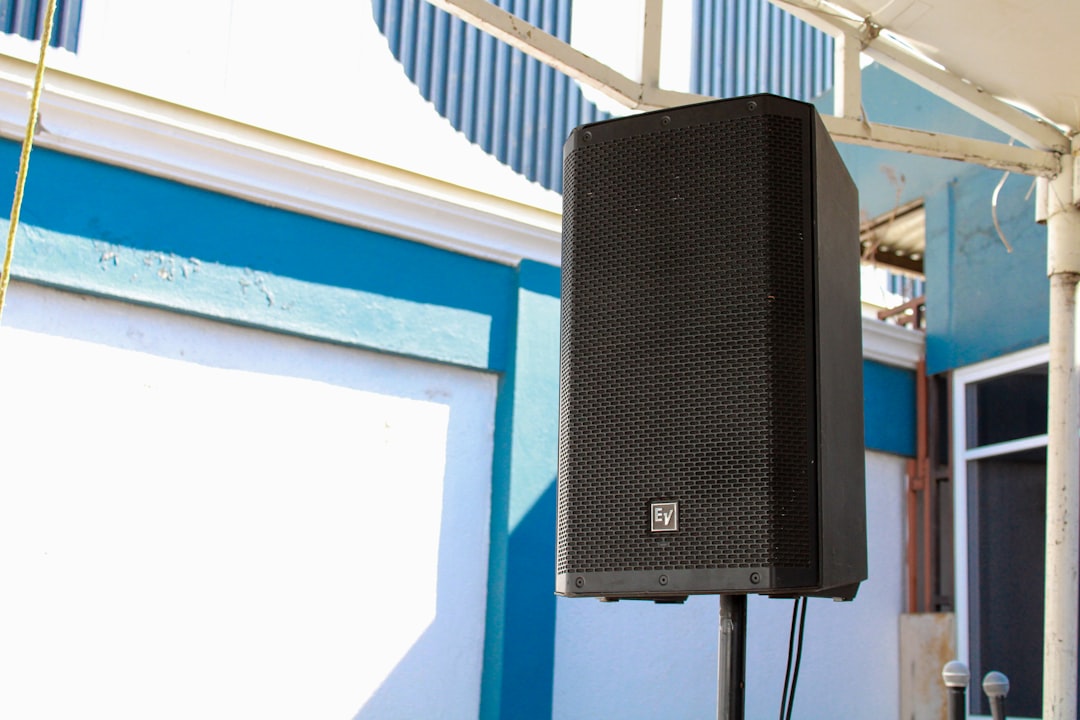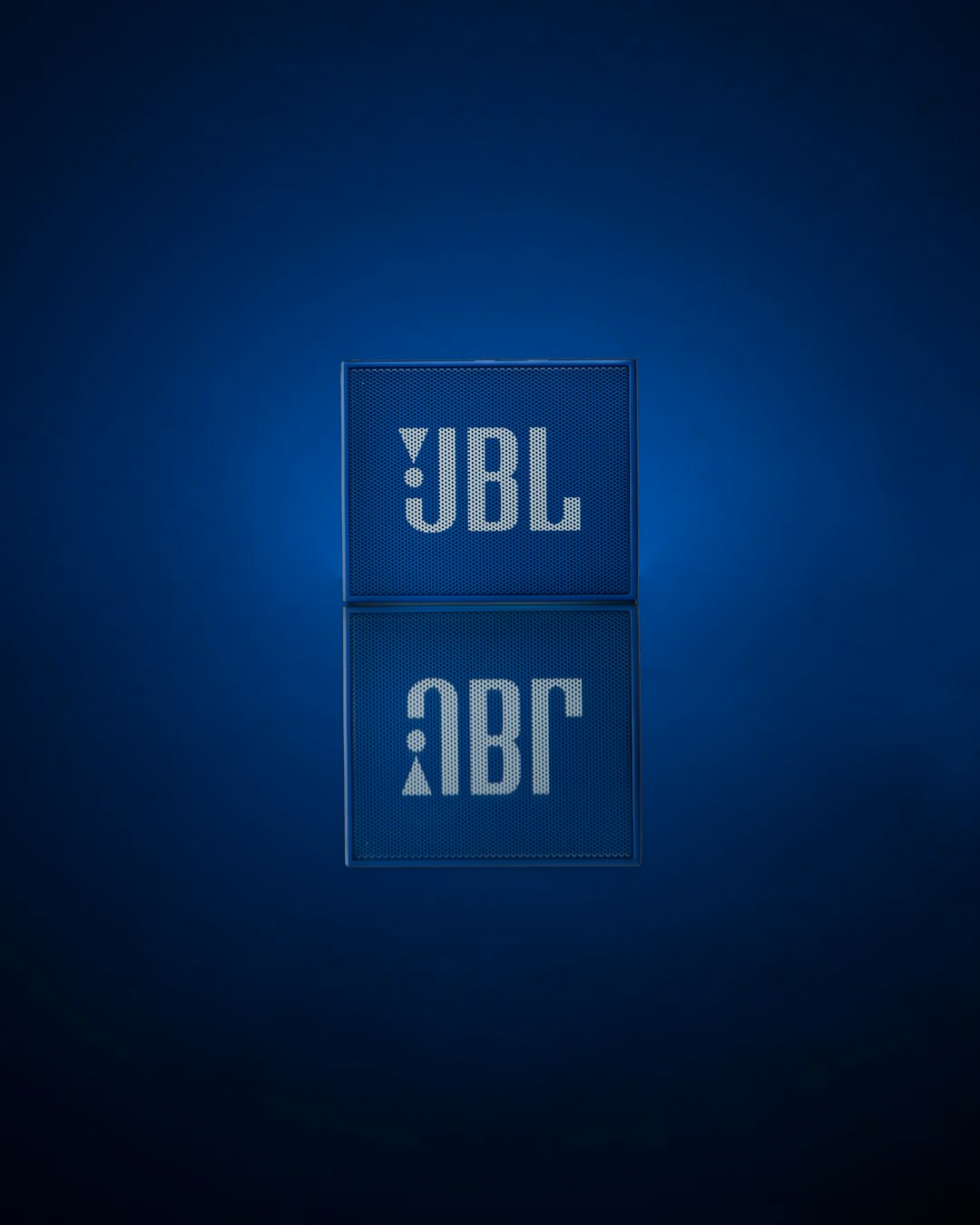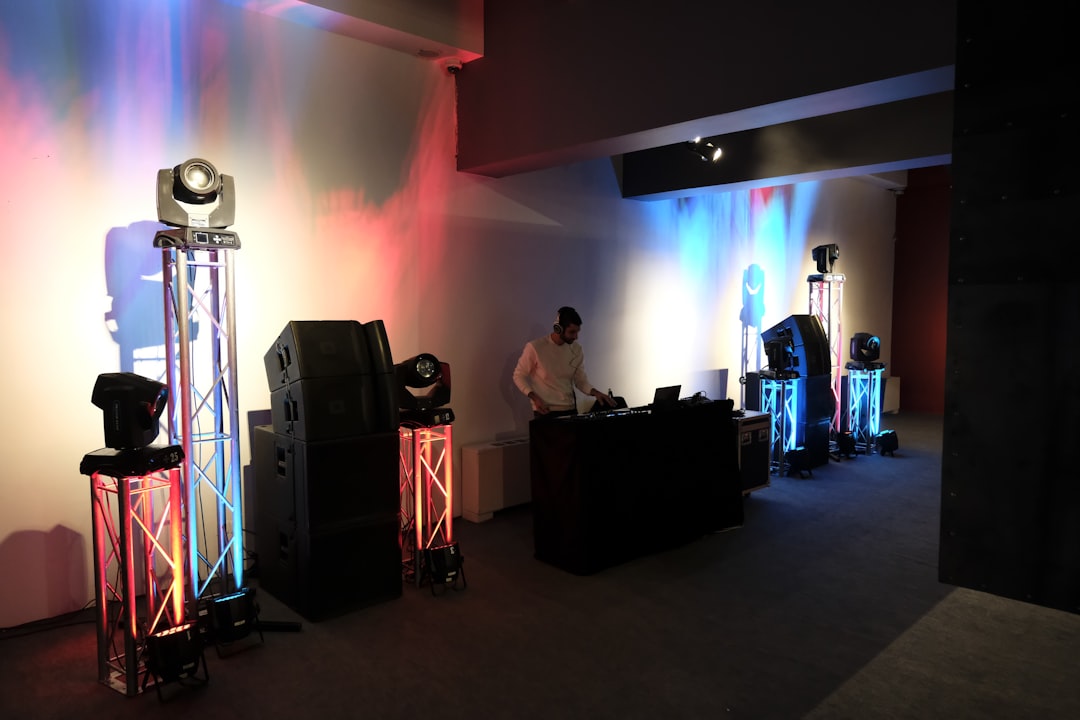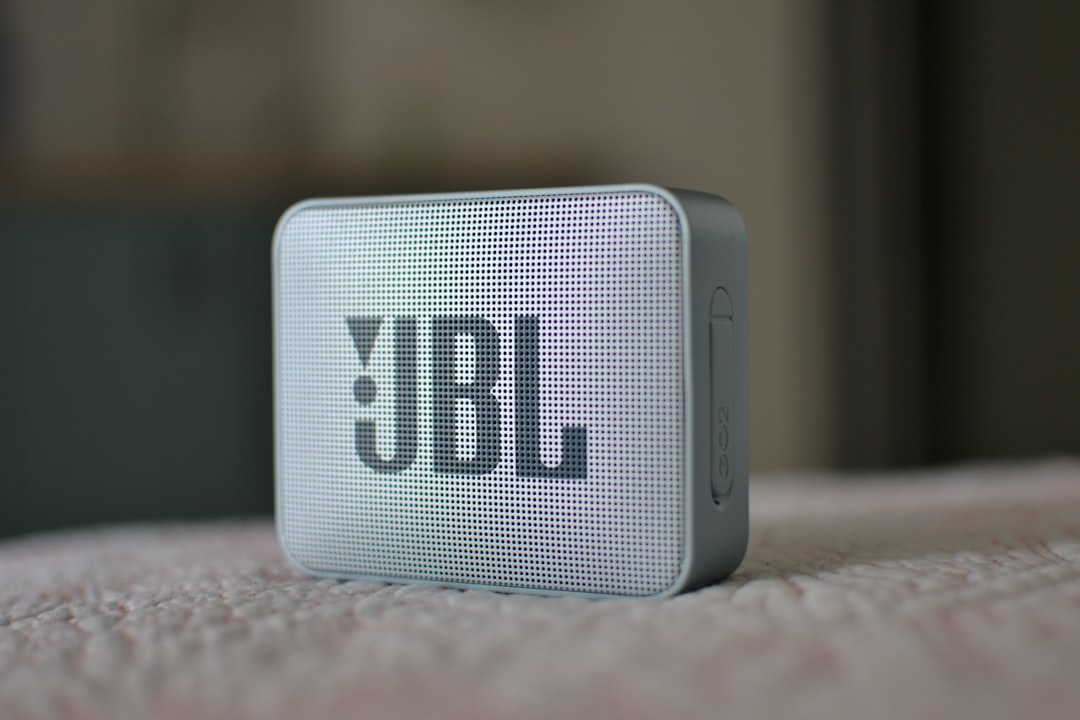When it comes to portable Bluetooth speakers, JBL stands out as one of the most reliable and popular brands on the market. With each new release, JBL builds upon the foundation laid by its predecessors, enhancing reliability, sound quality, and extra features. Two of their most talked-about models are the JBL Flip 5 and the newer JBL Flip 6. If you’re trying to decide between the two, you’re not alone. Both models are compact, durable, and pump out impressive sound, but there are some important differences worth considering.
Design and Build Quality
At first glance, the JBL Flip 5 and Flip 6 appear nearly identical. Both keep the classic cylindrical shape, fabric-covered speaker grille, and ruggedized body that have become JBL trademarks. They’re extremely portable and are built to withstand the rigors of outdoor use.
- Flip 5: Offers a minimalist design, available in a wide array of colors. Its build is IPX7-rated waterproof, meaning it can survive being submerged in water for a short period.
- Flip 6: Retains the same core design as the Flip 5 but improves upon it with an upgraded IP67 rating, meaning it’s both dustproof and waterproof. This makes the Flip 6 a better option for rugged environments like beaches or hikes.

Sound Quality
This is where the JBL Flip 6 clearly starts to set itself apart. JBL has fine-tuned the acoustics and added a dual-way speaker system to give the Flip 6 a performance edge.
- Flip 5: Delivers powerful sound for its size, driven by a single racetrack-shaped driver. Bass response is punchy enough for casual listening, and the treble holds up well for spoken-word content like podcasts.
- Flip 6: Features a two-way audio setup with a dedicated tweeter and a powerful woofer. This allows for more detailed mids and highs, separating vocals and instruments for a refined listening experience. The Flip 6 provides noticeably better clarity and balance compared to the Flip 5.
Whether you’re listening at low or high volumes, the Flip 6 maintains richer dynamics and lower distortion levels, making it the better option for audiophiles and music lovers alike.
Battery Life
Battery performance has become a crucial factor in Bluetooth speaker performance, especially for outdoor and travel usage.
- Flip 5: Comes with a solid 4800mAh battery that offers up to 12 hours of playtime on a full charge. Charging is done via USB-C, which ensures quicker and more efficient charging times.
- Flip 6: Surprisingly, doesn’t offer a major upgrade in battery life. It too provides up to 12 hours of playback, though real-world performance may vary slightly depending on volume and usage patterns.
This means users should not base their buying decision solely on battery life, as both devices perform almost the same in this area.
Connectivity and Features
While both speakers fulfill the basics in Bluetooth connectivity, JBL has made some incremental upgrades with the Flip 6.
- Bluetooth Version: The Flip 5 uses Bluetooth 4.2, whereas the Flip 6 is upgraded to Bluetooth 5.1, which ensures better range, connection stability, and energy efficiency.
- App Integration: The Flip 6 is compatible with the JBL Portable app, allowing more control over sound settings with a built-in equalizer. The Flip 5, while compatible with some app features, lacks adjustable EQ.
- PartyBoost: Both models feature JBL’s PartyBoost mode, allowing users to pair multiple compatible speakers for an expanded soundstage.

Durability and Portability
Both speakers are designed with portability in mind, but the Flip 6 has a slight edge in overall toughness.
- Flip 5: Water-resistant and lightweight, making it an ideal travel companion.
- Flip 6: Built for more extreme conditions. Its IP67 rating (dust and water resistance) and slightly more robust materials make it more durable in rough outdoor settings.
For users who frequently use their speakers in parks, pools, hikes, or beaches, the increased durability in the Flip 6 is a welcome improvement.
Price and Value
Price is an obvious determining factor. As expected, the JBL Flip 6 carries a slightly higher price tag compared to the Flip 5. However, both are competitively priced within the mid-range portable speaker market.
Given the improved sound quality, added features, and better durability, the Flip 6 justifies its higher cost. For budget-conscious buyers or those who don’t require the latest features, the Flip 5 still offers excellent value.
Which Should You Buy?
Ultimately, the decision between the JBL Flip 5 and Flip 6 depends on personal preferences and how you plan to use the speaker.
- Choose the JBL Flip 5 if: you want a high-quality, reliable speaker for casual use and want to save some money.
- Choose the JBL Flip 6 if: you prioritize audio performance, connectivity features, and rugged durability.

Conclusion
JBL has created two impressive portable speakers in the Flip 5 and Flip 6. While both are worthy purchases, the Flip 6 offers just enough upgrades—in sound quality, connectivity, and durability—to make it the smarter buy for most modern users. However, the Flip 5 remains a reliable, budget-friendly option that doesn’t disappoint. No matter which model you choose, you’re getting JBL’s signature quality and robust, portable performance.
Frequently Asked Questions (FAQ)
-
Q: Is the JBL Flip 6 significantly louder than the Flip 5?
A: The Flip 6 is slightly louder and delivers clearer sound, especially at higher volumes, due to its dual-driver system. -
Q: Can I pair the Flip 5 and Flip 6 together using PartyBoost?
A: Yes, both models support PartyBoost, allowing them to connect and play simultaneously with compatible JBL speakers. -
Q: Are both speakers waterproof?
A: Yes, but the Flip 6 has IP67 certification, making it dustproof as well. The Flip 5 is only IPX7-rated (waterproof). -
Q: Does the Flip 6 support stereo pairing?
A: Yes, you can create a stereo pair with another Flip 6 using PartyBoost. The Flip 5 supports stereo pairing too, but only with another Flip 5. -
Q: Is there any difference in charging speeds?
A: Both use USB-C and charge in roughly the same amount of time—around 2.5 hours from empty to full.

